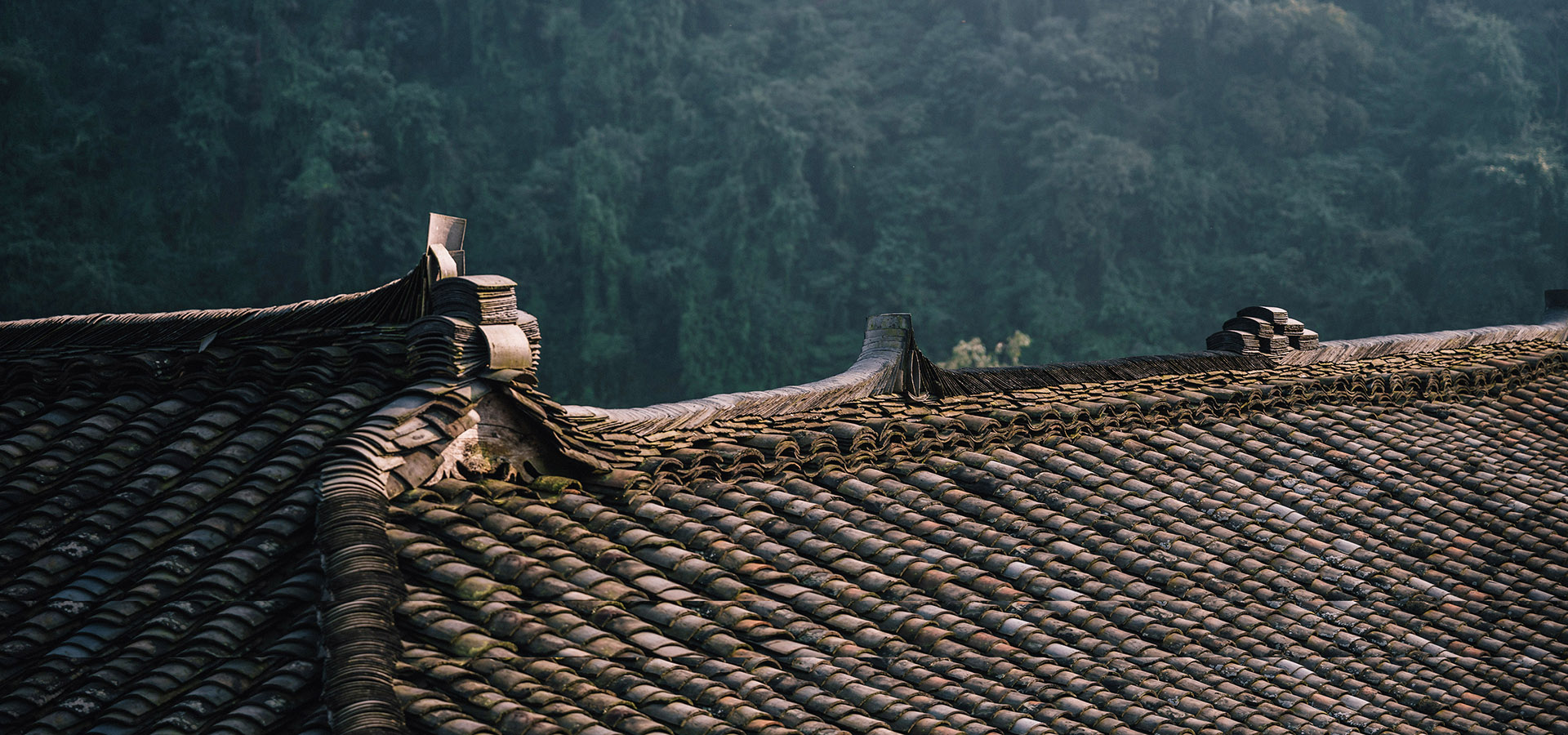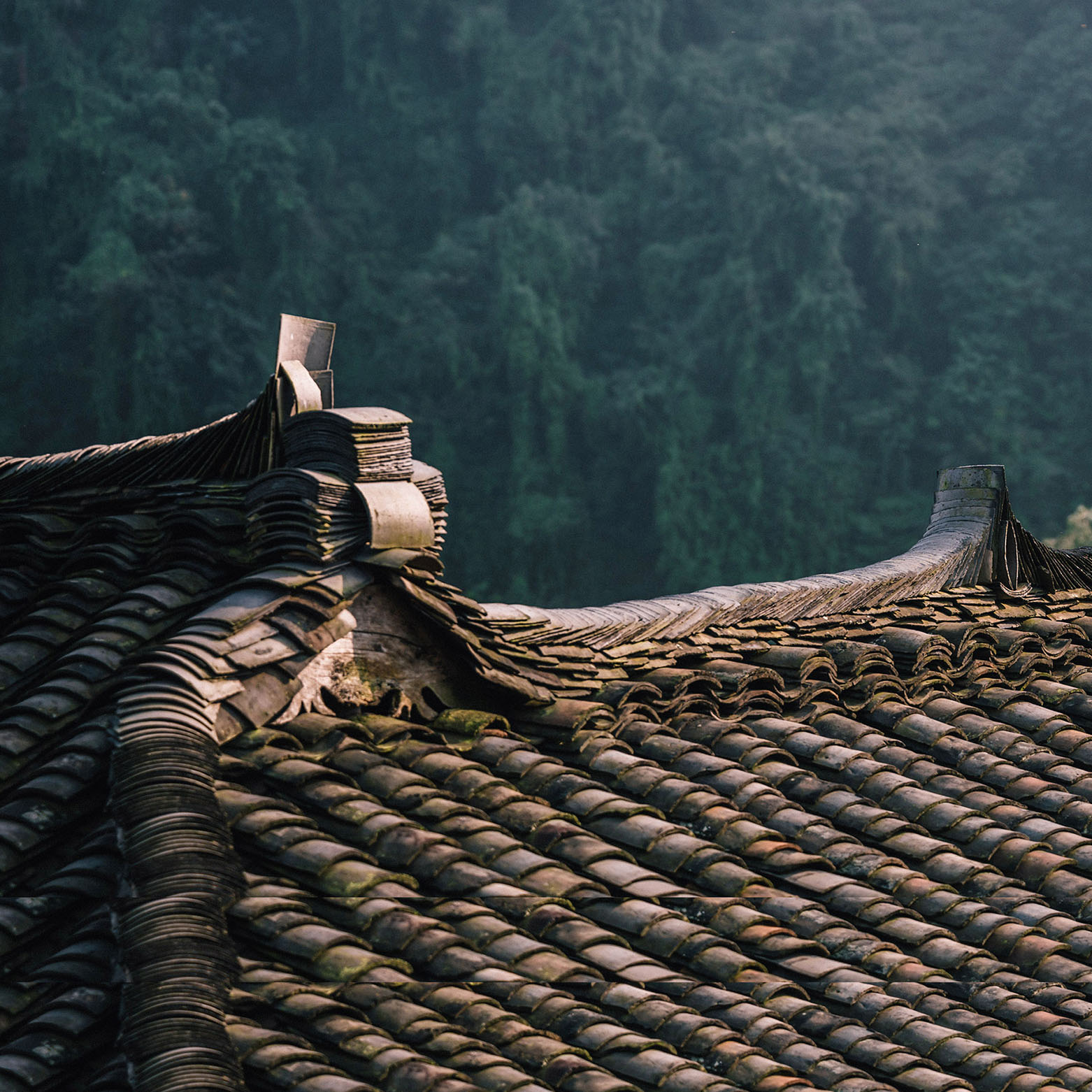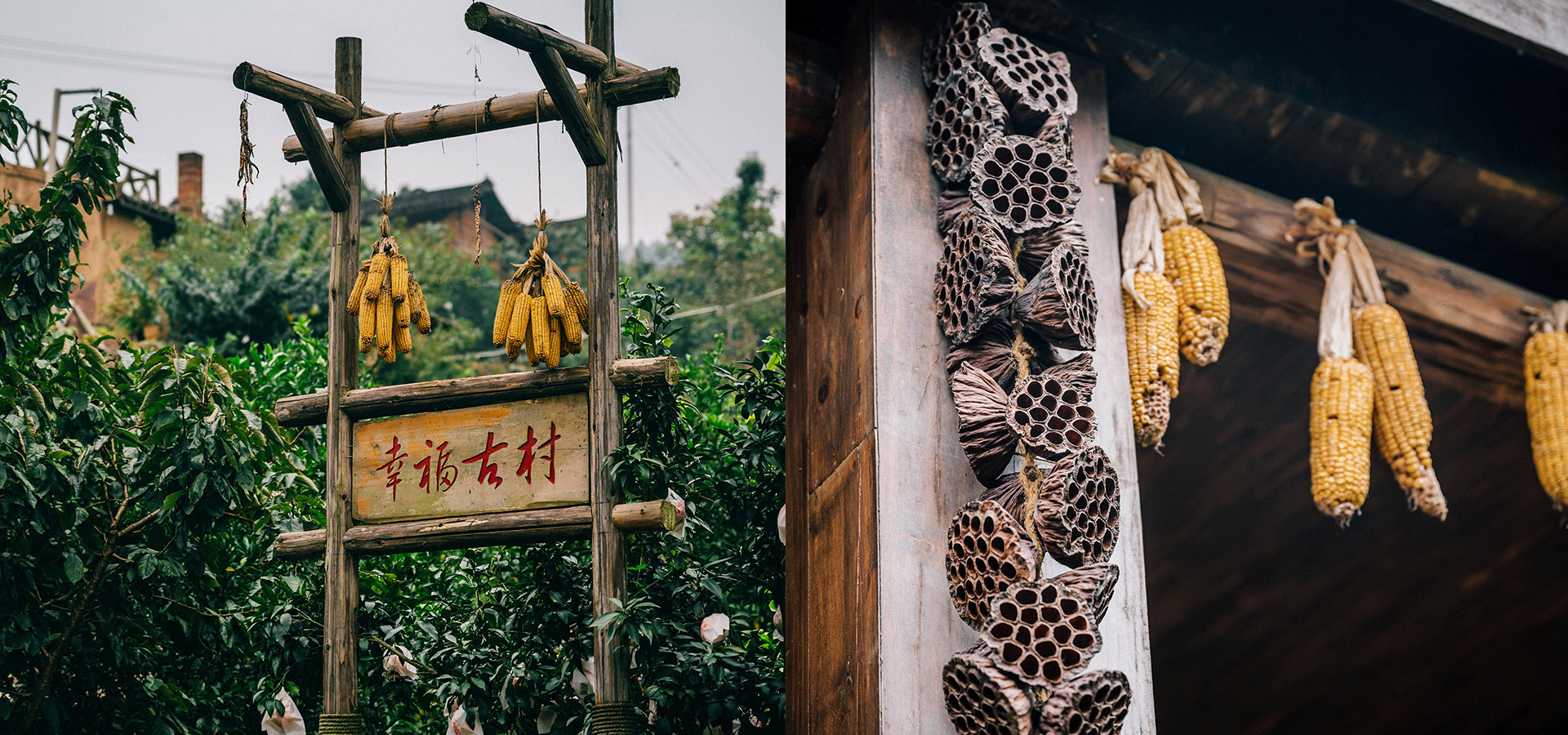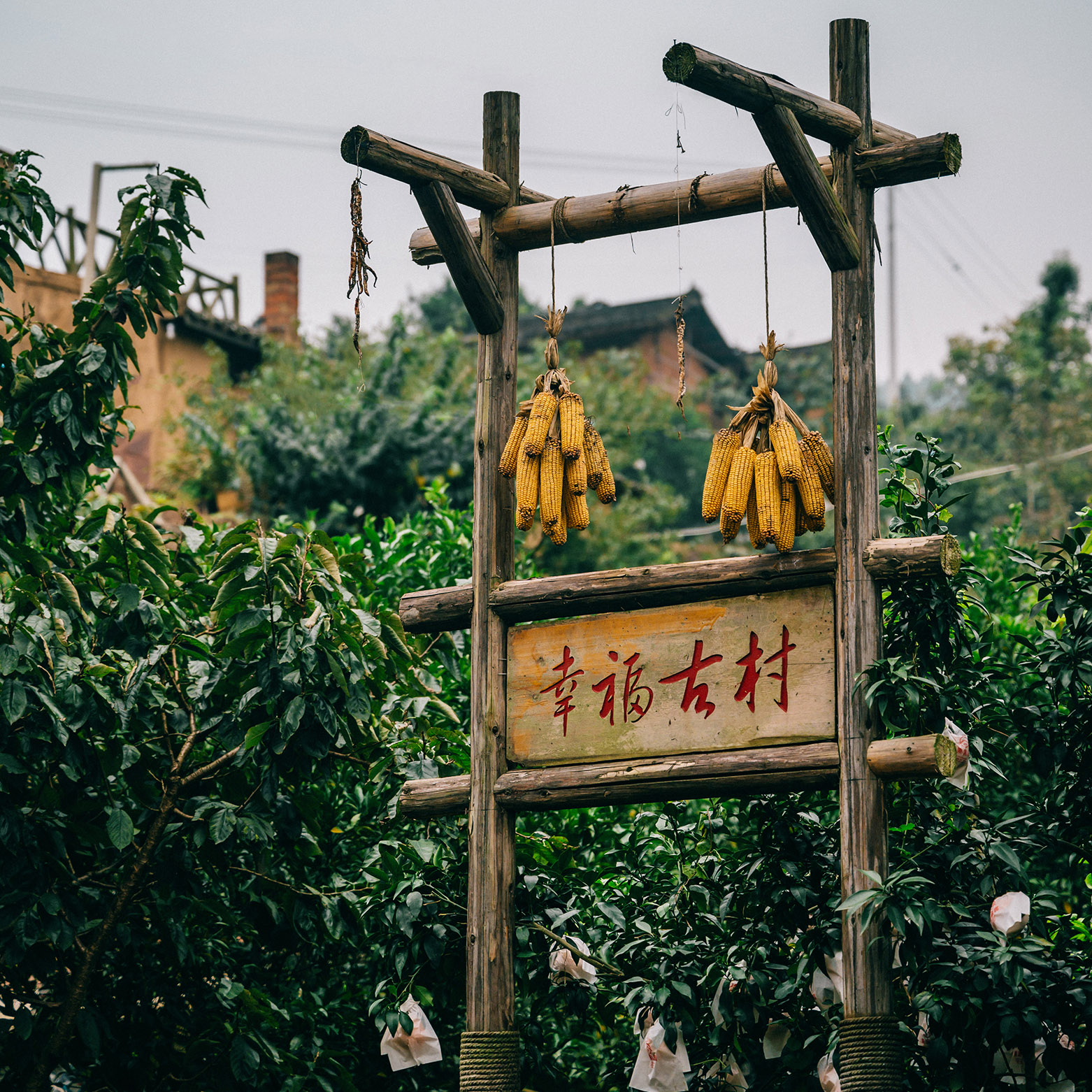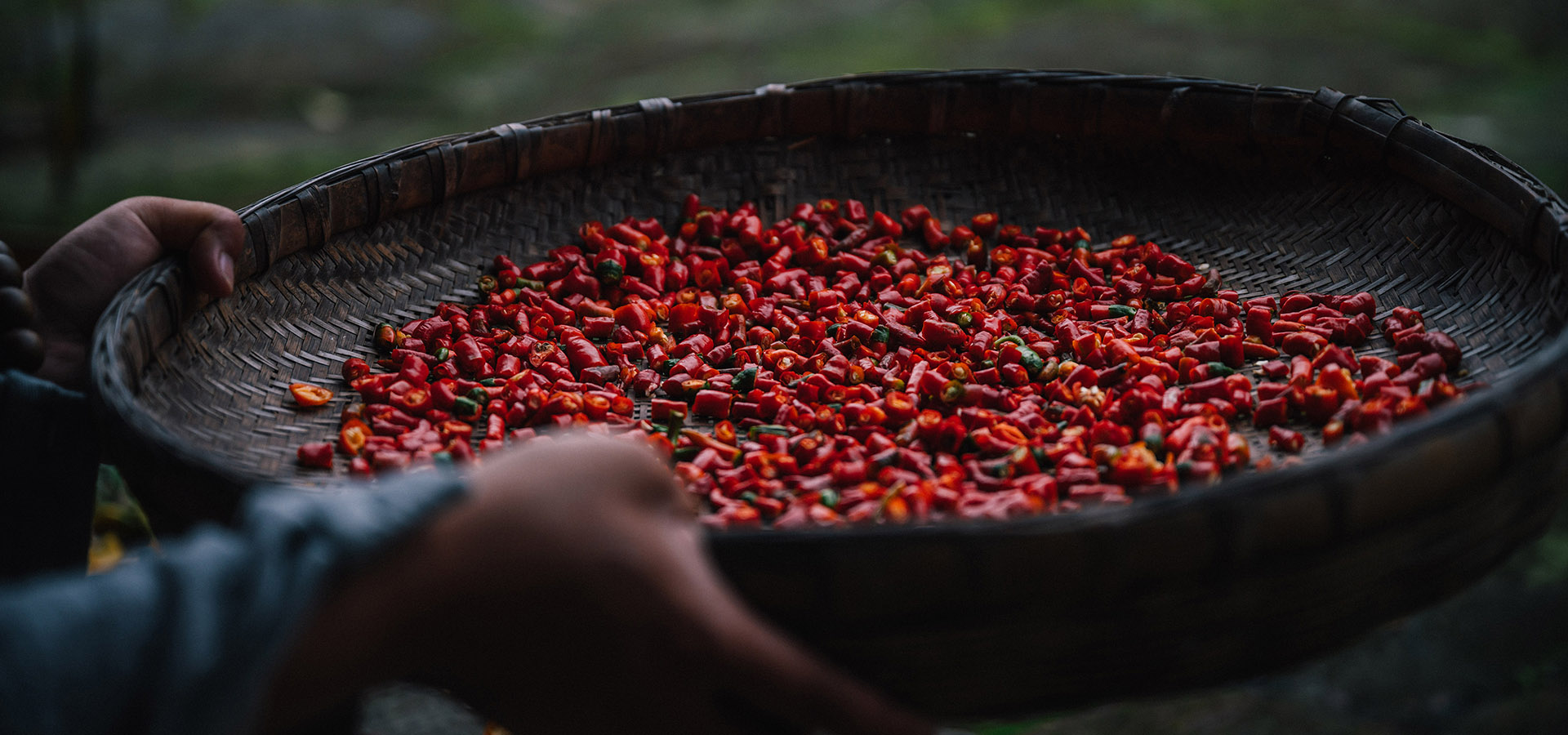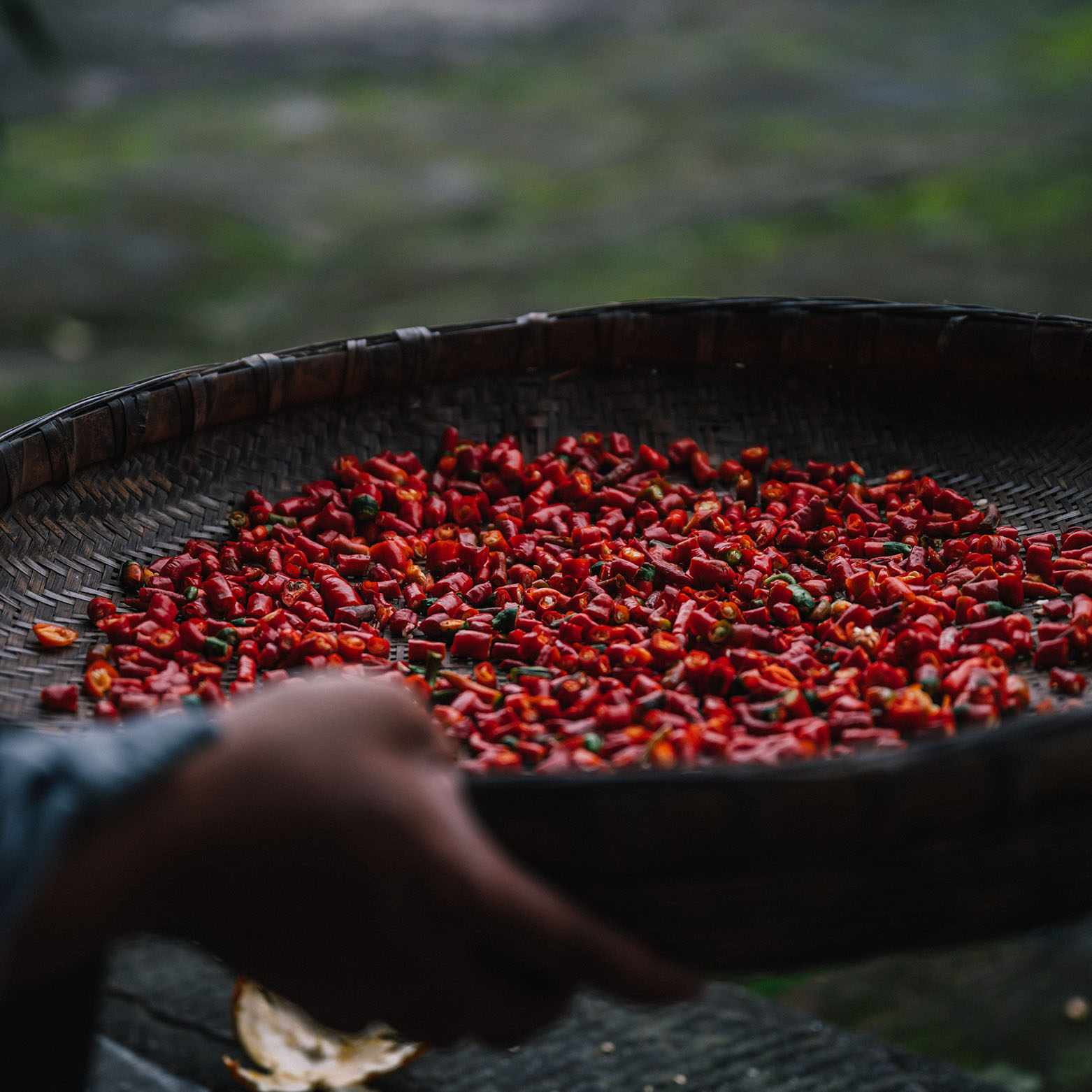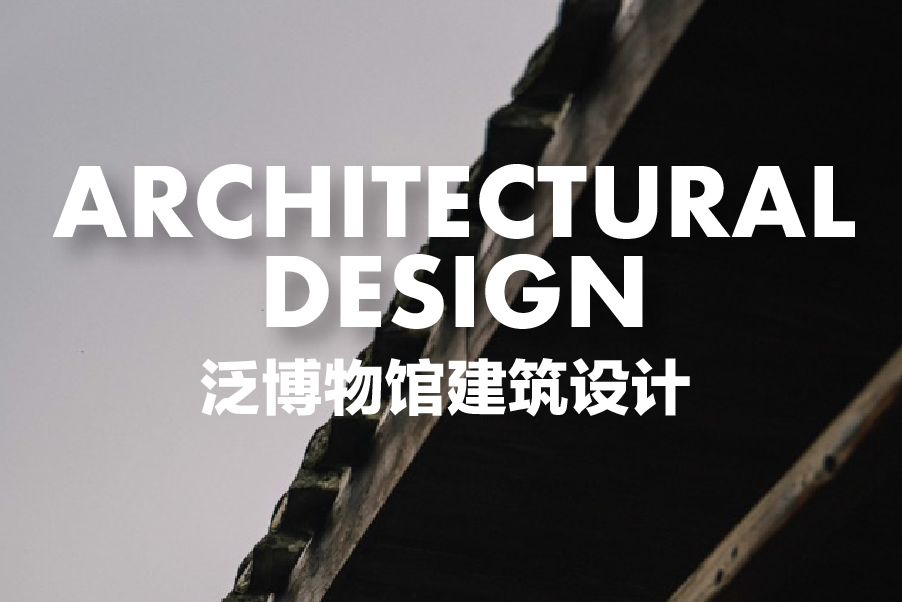Background

"Plain original village" is the biggest characteristic of happy ancient village. The folk dwellings in western Sichuan with green tiles and earthen walls are built against the mountain, facing the river, well-arranged and integrated with the natural environment. It is a rare ancient village with relatively complete preservation.
The whole village takes the green mountain forest as the keynote, the red sandstone culture as the foundation, the folk houses, courtyards, ancient roads, ancient trees, ancient bridges, and rare stone landscapes as the representatives. The natural landscapes such as the Millennium ginkgo couple tree, the dragon head, the frog stone, the eagle mouth cliff, the Qing Dynasty stone arch bridge "Zhao Qiao", the Dazhai terraced fields, the ancient Danma salt and iron road, and the ancient Niujiao village complement each other. The agricultural Dazhai village and the The years of educated youth have left precious traces here. The happy ancient village bears the history and vicissitudes of the ancient salt and iron road for thousands of years. With its long and profound ancient road culture, farming culture and folk culture, it has become the "poem and distance" in the hearts of many people.
Walk all the way in the ancient village, the southern side of the mountain barrier although some blockage, but the magnificent and straight green really let people shock. On one side of the mountain is the eagle's mouth cliff, which is sacred and unique, but with the improvement of the infrastructure such as the footpath, you can also get closer to the sacred and overlook the whole happy valley.
We expect the contestants to refine the beauty of nature in a slight way, with the least amount of change and the most primitive beauty.
The location of the pan-museum makes the challenges that the contestants will face very specific and not abrupt. The combination with the terrain; How to frame the scene; The contents of the space; Surrounding facilities and so on.
Challenges
According to Danling happiness ancient village in characteristics, combined with the regional environment and humanistic resources, initiate a public art installation and generic museum monomer architectural design in the integration of international competition, to attract the world's top planning team and excellent designers, artists, will fall to the ground, the outstanding works of art and architecture monomer to form their own brands and building label, at the same time set up township and talent community, increase happiness, an ancient village across the country beautiful rural construction profile, for the happiness of the ancient village township construction work.
The village is a museum of the senses. Happiness grows together with the original village
The competition relies on the concept of the whole village as a museum that combines nature with culture, folk custom and happy life. It is divided into two sections, namely, tour line public art installation and pan-museum single building design.
As an ornament, tour line public art installation can not only serve as a carrier of happy culture, but also improve the landscape. Combine the corresponding functions, respect the local culture and language, and use the local image and materials to make the combination of nature and art in the ancient village more harmonious.
Pan-museum architecture is the summary of the whole village exhibition, and as a single space carrier, the exhibits of the whole village are sorted out. The reason why it is not just named "museum" is to hope that pan-museum architecture is not only a display, but also a prospect and design of existing, future, all kinds of sensory, natural, humanistic, historical, cultural and folk customs. Design monomer at the same time to arrange the surrounding format and layout, so that the region more three-dimensional.
Schedule
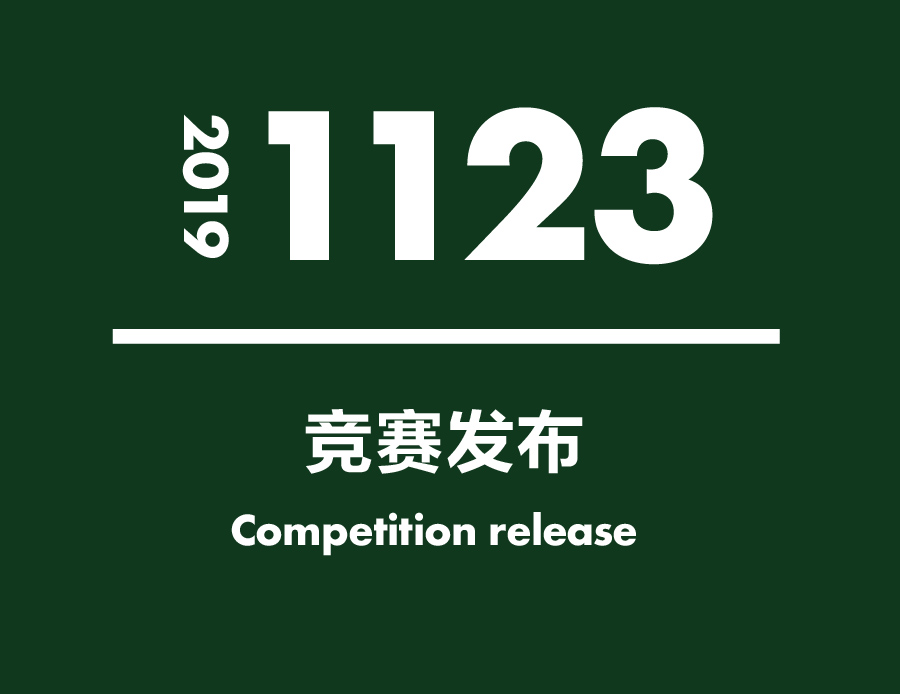

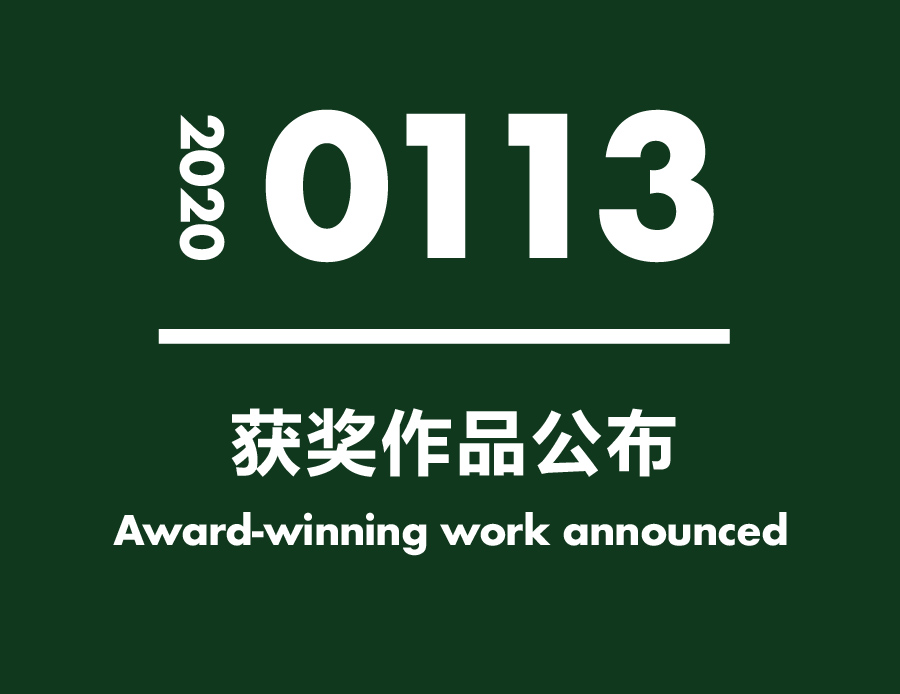
Site
Grouping
Centering on the linear rural village area, the competition proposed two categories of prizes, namely, public art installation design and pan-museum architectural design, for the simple rural picture scroll, traditional western Sichuan characteristic architecture, and leisurely tianfu life, corresponding to the scene expression of the participating team for the happy ancient village.
The site design of the public art installation can be distributed throughout the whole village. In combination with various senses, historical culture, happiness, love, leisure and other local elements, the whole village can be decorated. Meanwhile, the construction cost should be considered.
The site of the pan-museum building is located in the best part of the project, with natural mountain barriers to the south, a staircase to the west and a scenic valley to the east. The pan-museum building of up to 3000 square meters shall be arranged on the site of the whole 16 mu of land, and the west side of the site shall be selected as far as possible to retain the complete terrace state on the east side of the site. On the premise of not destroying the overall landscape surface, the building should be set up in a reasonable way without abrupt impact, and the construction cost should also be considered. Design monomer at the same time to the surrounding format should be envisaged and layout.
Awards
A total of 14 finalists will be selected through the preliminary selection of the organizing committee, and a decision will be made by the panel of judges. The first, second and third prizes of the two groups will be selected in the final selection.
Submitted
1. There shall be no less than 2 A1 (841mm×594mm) drawings, including but not limited to general layout、building layout、elevation、section、effect drawing and analysis drawing, as well as picture data that can fully express the design idea. There are no special requirements for the layout of the chart, you can customize the layout.
2. Scale and size shall be in metric units.
3. Drawings, pictures and drawings shall be submitted in JPG format with an accuracy of not less than 300dpi.
4. Please submit several creative sketches, working photos and other creative process materials (JPG format, with an accuracy of not less than 150dpi).
5. Participants should express their works according to the content of their works. The form is not limited, and the scale of drawings can be determined by themselves.
6. One copy of WORD format design on A4 paper with no more than 500 characters.
7. Relevant information of participants (team), including name, address, telephone number or WeChat, email, company, recent photo, etc.
Optional submission:
Video (2-4 minutes): In order to make the work better and better, you can submit a short video, including the team members' debut, combined with the exhibition board to describe the design concept of the work, the format is not limited, the video format is MPEG, MP4, AVI optimal.
All submissions shall be submitted separately by category.
Participants can submit their results on the competition website from November 23, 2019 to January 6, 2020.
Standards
Pan-museum architectural design
1. 40% of the design is professional and innovative.
2. 20% actual operation.
3. 20% of reflect the characteristic culture of happiness old village and the regional characteristics of western Sichuan.
4. 20% of organic integration of local materials and green construction concept in the local area.
Public art installation design
1. 40% for artistic creativity
2. 30% for subject conformity
3. 20% for actual operation
4. 10% of application of local materials
* both groups of participants need to consider the construction cost, which has a positive effect on the final score *
Jury
*Judges in alphabetical order

Peng Guo
Master of installation artists violinist.

De-ying Luo
Associate professor, school of architecture, tsinghua university. Vice chairman, expert committee on traditional villages, Ministry of Housing and Urban-Rural Development.

Guang-lan Li
Director of cultural radio, television and tourism bureau of danling province.

Rui-lin wang
The designer of the sculpture "boat of the future" themed by APEC Asia-pacific leaders summit and the medal designer of the 15thPiaf world athletics championships.

Xu Wang
Chairman of AIM international design competition committee. Secretary general of the council of experts on SMART vacation properties.

Kui Yu
Senior architect 2004-2015 worked for MAD architects, the chief designer of several international projects.

Zhao Liang
CEO of Metro-Z, Doctor of Design Harvard University. Renown designer and city planer. Was Lecturer at MIT
Copyright
Before submitting your work, please read the following clauses carefully, fully understand and agree with them.
According to the relevant laws and regulations of the state, the sponsor considers that the "contestants" or "authors" who voluntarily submit works have made the following irrevocable declarations on the copyright ownership of the submitted works:
1. Original statement
The entry is the original work of the participant, without infringing any other person's patent, copyright, trademark and other intellectual property rights; The work has not been published in newspapers, magazines, websites or other media, has not applied for patents or copyright registration, has not participated in other competitions, and has not entered into any form of commercial channels. The participant guarantees that his/her entry will not be submitted to any other design competition or transferred to any other party. Otherwise, the organizer will cancel their entry, shortlist and award qualification, take back the prize money, prize and reserve the right to pursue legal responsibility.
2. Intellectual property rights of the entries
The copyright of the entries is vested in the copyright law. No one may modify or copy the entries without the permission of the authors. The organizer shall have the right to display and publicize the work, provided that the exercise of such right shall not prejudice the legitimate rights and interests of the author or the other party.
The winning team shall enter into a design deepening agreement upon negotiation between the organizer and the author for deepening the works after landing. The intellectual property rights of the works shall be specified in the agreement signed by both parties.
FAQ
-
Q:Is there any fee for participation?
A: Entry is free of charge.
-
Q: Are there any special conditions for participants in this design competition?
A: Students, designers, architects, and others who can complete the submission requirements (see the specification for details) can participate in the design competition.
-
Q: Are design competitions allowed as a design team? Is there a limit on the number of people?
A: teams are allowed to participate in this competition. Participants in public art installation and pan-museum architectural design may participate in teams without limitation. However, awards and prizes are set according to the work, please consider the time cost of the design team.
-
Q: How many entries can each participant submit?
A: there is no limit on the number of entries. Participants can upload all the complete entries about the competition on the official website.
-
Q: Does the same participant submit different entries and need to upload different materials?
A: The selection is based on the entries. Each submission of different entry should be submitted by the same participant.
-
Q: Is there a limit to the number of drawings per work? Is there any requirement for layout?
A: There is no limit on the number of drawings, but the design content should be fully expressed. The layout size of the drawing plate is A1 drawing, and there is no limit on the vertical and horizontal, and it should meet the printing standard.
-
Q: How to register for the competition?
A: The competition will be registered through the official website, and the submission of the works and the detailed registration form will be completed by January 6, 2020 (the detailed registration form can be obtained from the download package).
-
Q: Does the official website entry form need to clearly indicate the entry category?
A: The categories of participation can be noted. There is no mandatory requirement.
-
Q: Are there any fixed site requirements for this competition?
A: In addition to the pan-museum site selection (the overall land use scope and the recommended site selection have been defined, please refer to the assignment for details), the public art installation has no fixed site selection requirements, so you can select nodes or plots according to the tour line (see assignment for details).
-
Q: Does the pan museum cover an area of 3000 square meters? Are there any requirements for the floor space? Are there any requirements on the number of floors?
A: The 3,000-square-meter pan-museum is A building area, with no more than two floors. The story height is not required. However, the overall landscape and site environment should be fully considered and should not be too abrupt.
-
Q: What are the language requirements for the written part of the design competition?
A: Chinese or in both Chinese and English.
-
Q: Is there any time difference in the deadline for submission of design competition?
A: The deadline for submission is Beijing time.
In addition, there are WeChat question-answering groups in this competition. The number of participants in the community has exceeded 100. Please contact with Zhou hang,phone No: 15096845706(the same number as WeChat) and note your intention.

